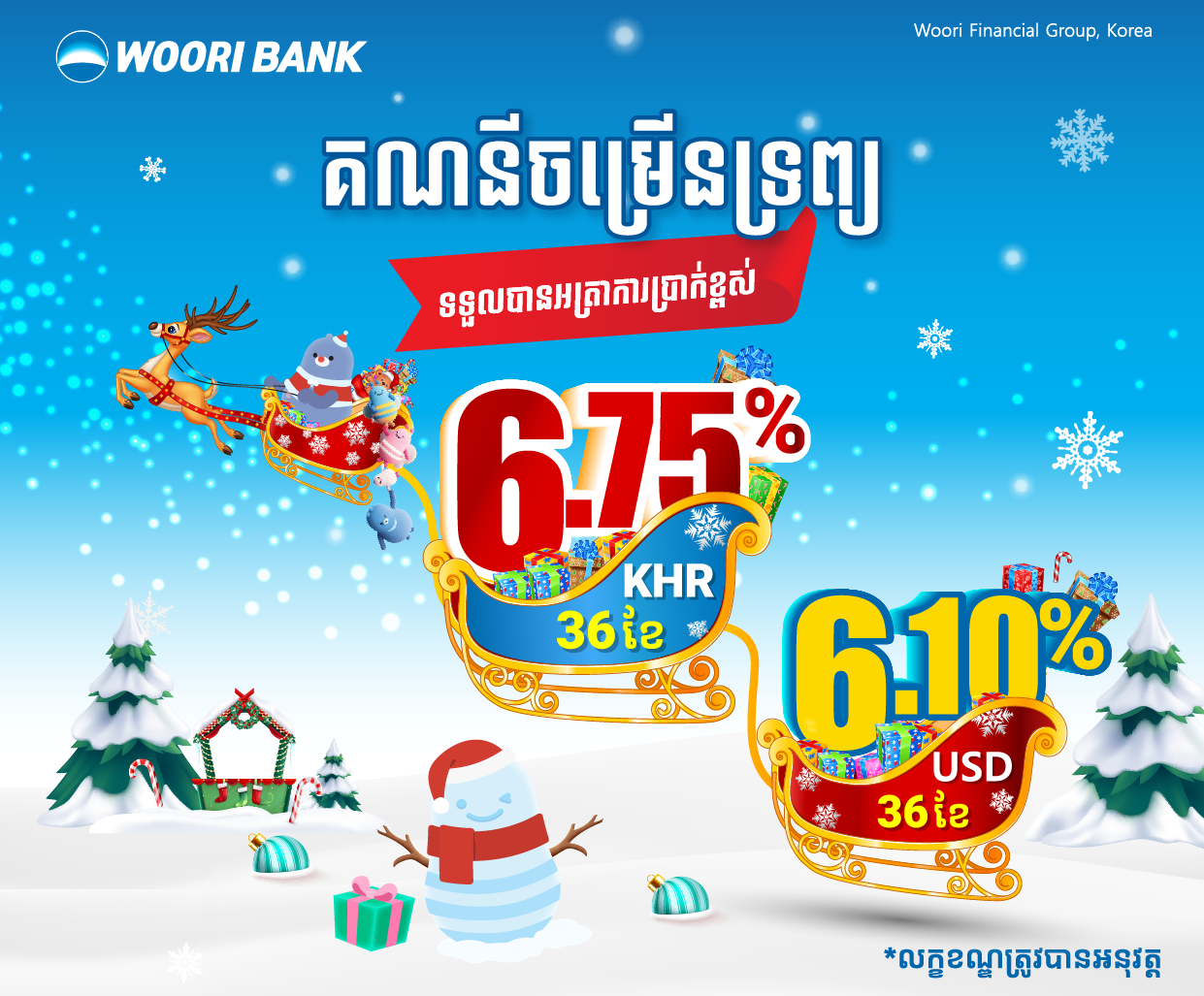
The Mekong Delta province of Kien Giang has adjusted the zoning of the marine protected area of Phu Quoc National Park on Phu Quoc Island. Photo roughguides.com/VIET NAM NEWS/ANN
The Mekong Delta province of Kien Giang has adjusted the zoning of the marine protected area of Phu Quoc National Park on Phu Quoc Island.
Of the more than 40,909ha of the Phu Quoc Marine Protected Area, the strictly-protected zone covers more than 7,087ha, including some 6,658ha for seagrass conservation in the northeast of the island and nearly 429ha for coral conservation in the south.
The zone for ecological recovery covers more than 11,537ha, including some 11,363ha for seagrass ecosystem recovery in the northeast and 174.68ha for coral ecosystem recovery in the south.
There is also 1,212ha for seagrass and another 8,605ha for coral in the 9,817ha service-administrative zone.
A buffer zone of about 12,467ha has also been set up to minimise the impact of socio-economic activities on seagrass and coral conservation.
To promote conservation and tap the potential the protected area holds, Kien Giang authorities are perfecting cooperative models between the Phu Quoc National Park and related parties, with consideration given to using new technologies to recover ecosystems and resources and creating new livelihoods for local people.
Authorities are also stepping up communications to raise public awareness, developing aquatic breeding facilities, strictly managing fishing activities, and boosting environmental monitoring.
Kien Giang province borders Takeo province’s Kiri Vong district and Kampot province’s Banteay Meas and Kampong Trach districts in Cambodia.
Once a part of the Kingdom but now incorporated into Kien Giang, Phu Quoc is also known by its Khmer name Koh Tral, which translates as “weaving shuttle island”, hinting at its spindle-like shape.
It is Vietnam’s largest island at some 590,000sq km, almost the same size as Singapore.
The Phu Quoc National Park, which has mountains, dense tropical jungle, hiking trails, and wildlife, spreads over more than half of the island.
Phu Quoc is close to most of Southeast Asia and part of international freight routes, and less than two hours by air from the capitals of many countries in the neighbourhood.
It has had an international airport since 2012, with travellers flying directly to the island enjoying a 30-day visa-free stay. International airlines operate both commercial and charter flights to the island.
Phu Quoc is set to become one of the country’s three special economic administrative zones along with Van Don in the northern province of Quang Ninh and Bac Van Phong in the south-central province of Khanh Hoa.
It received more than five million visitors last year, up 30 per cent from 2018, including 541,600 foreigners.
VIET NAM NEWS/ASIA NEWS NETWORK











